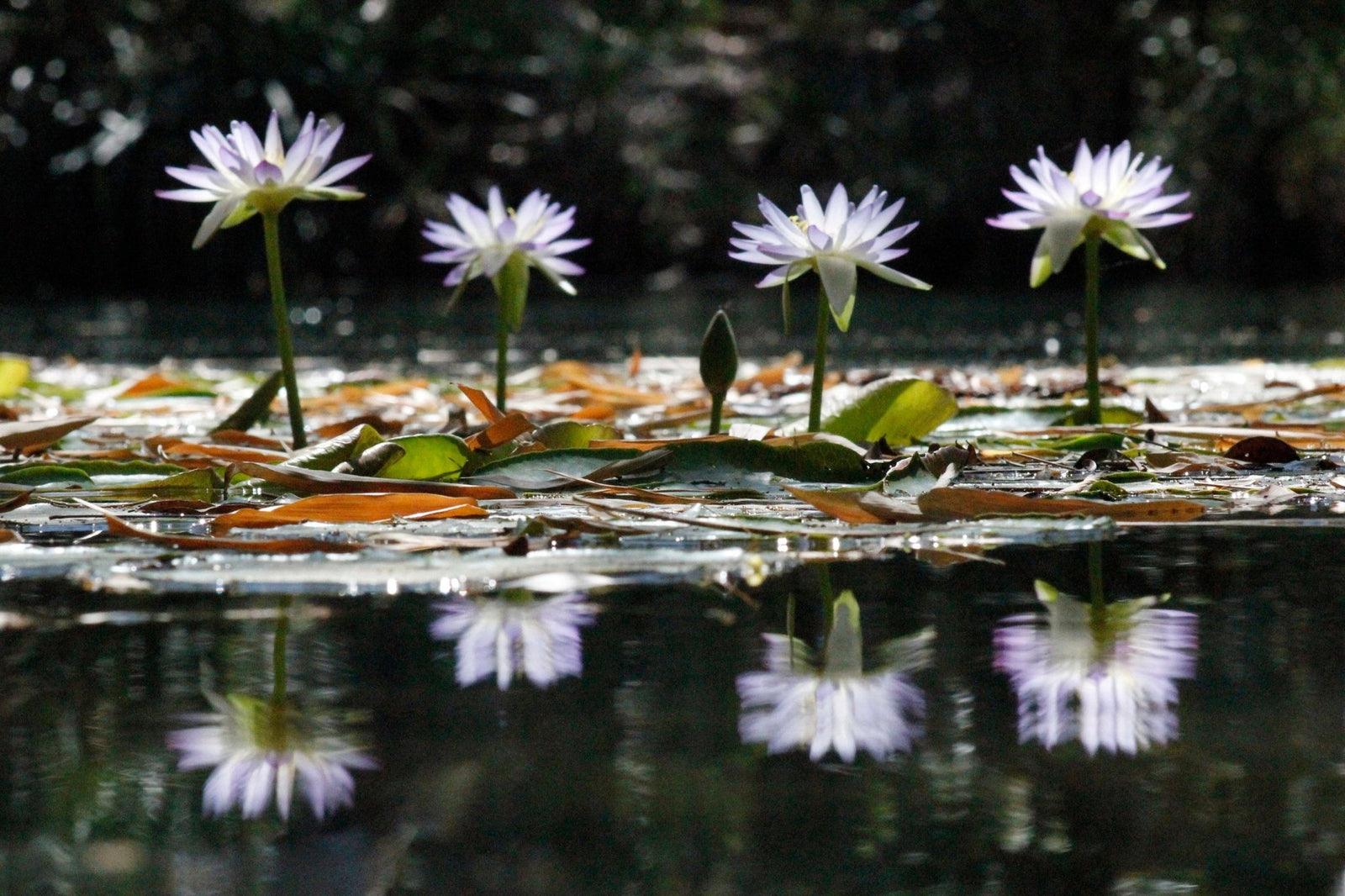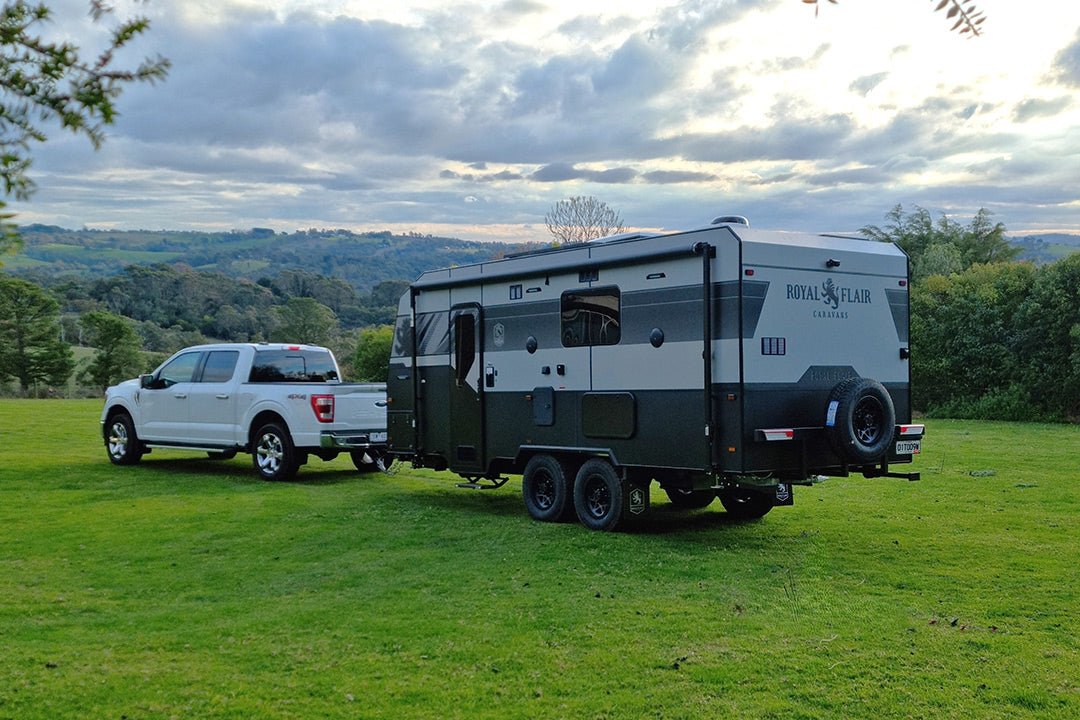Riversleigh

About half-way between Mount Isa and Hells Gate, as the crow flies, lies Boodjamulla (Lawn Hill) National Park, an oasis of emerald waters and lush vegetation deep in the remote Gulf savannah country of northwest Queensland.
The park’s central feature is a spectacular red sandstone gorge carved by Lawn Hill Creek through the parched and rugged labyrinth of the Constance Range.
This splendid landscape attracts some 40,000 visitors each year, many of whom come and go without realising that, tucked away in an easily accessible corner of the park, is a fossil field of such rare and outstanding quality that it holds a special place on the World Heritage List.
The 100 square kilometre Australian Fossil Mammal Site at Riversleigh, 50km south of Lawn Hill Gorge, is the richest and most extensive known mammal deposit in Australia and few, if any, other fossil fields in the world have contributed as much to our knowledge of prehistoric mammals.
FUELLED BY FOSSILS
Between 25 and 10 million years ago, the Riversleigh area was covered in rainforest and dotted with spring-fed lakes and freshwater pools. Caves honeycombed the surrounding hills.
Animals seeking water sometimes drowned or were preyed upon by other creatures, and their skeletons became entombed in the limey mud and fossilised by minerals. Millions of years of erosion by wind and water have scoured and dissolved the ancient limestone rocks to reveal a three-dimensional record of life in this long-lost world.
Over 60,000 fossil specimens of more than 300 kinds of animals have been recovered from Riversleigh. Some are unusual and new to science, such as marsupial lions, carnivorous kangaroos, gigantic freshwater crocodiles and huge flightless birds. Many specimens are the oldest known ancestors of unique Australian fauna such as possums, wombats, platypuses and koalas.
The area’s limestone caves have also yielded the fossil remains of large colonies of bats which cover 35 species — the richest fossil bat record in the world. Fossil insects and plants have also been discovered.
Collectively, these fossils provide valuable insight into the region’s climatic changes over the millennia, from tropical rainforest to semi-arid grassland, and how some animals evolved by adapting to environmental pressures, while others did not and became extinct.
Fossils were first discovered in the area in 1901 and, since 1976, Riversleigh has been systematically explored by palaeontologists from the University of New South Wales.
As part of Boodjamulla (Lawn Hill) National Park, Riversleigh is managed on a day-to-day basis by the Queensland Parks and Wildlife Service, while management of the World Heritage property is coordinated through a partnership between the Commonwealth and Queensland governments, the local Waanyi Aboriginal people and the wider community.
MEET ‘BIG BIRD’
Owing to the rugged limestone terrain, visitor access to the World Heritage area is restricted to one location, ‘Site D’, which is adjacent to the main road that leads to Lawn Hill Gorge.
The landscape of Site D is dominated by a limestone outcrop with slopes cloaked in spinifex and littered by fossil-rich boulders. A gravel path connects the carpark to a display shelter containing information panels and life-sized reconstructions of some of the animals that once roamed the Riversleigh rainforest or prowled in its lakes.
One of these is ‘Big Bird’, a huge flightless bird that stood up to 2.5m tall and weighed between 250-300kg. Thunderbirds, as scientists call them, belonged to the heaviest group of birds that ever existed and only in Australia. Despite their appearance, thunderbirds are not closely related to other flightless birds, such as emus, cassowaries or ostriches, but are more closely related to a group that includes the domestic duck.
The other animal on display is the most formidable of all the Riversleigh predators found so far — a 5m freshwater crocodile (Baru wickeni), one of at least nine species of crocodile with huge blade-like teeth that patrolled the lakes and forests of Riversleigh more than 20 million years ago.
Today, freshwater crocodiles (Crocodylis johnstoni) still live in and around the rivers of Lawn Hill Gorge and Riversleigh, but don’t present nearly the same threat as the fearsome Baru.
From the display shelter, the 800m Fossil Trail takes visitors on a walk around Site D to some outstanding examples of fossils, including huge limb bones and gizzard stones of the towering thunderbird, the awe-inspiring remains of Baru and the crescent-shaped shell of the massive Riversleigh turtle (which sported horns on its head and a spiked club on its tail). The trail meanders through the rugged terrain and climbs to the summit of the bluff for a panoramic view of this ancient tableau.
PRETTY AS A PICTURE
The Riversleigh region embraces a range of unique and diverse landscapes: expansive karst (weathered limestone) plateaus broken by steep and stony gullies, black soil plains that sustain pastures of native grasses, sparse savannah woodlands of spinifex and snappy gums, and remnant rainforest fringing perennial spring-fed watercourses.
Riversleigh is aptly named, for it lies within the 24,000 square kilometre catchment of the Gregory River, which forms the southern boundary of the World Heritage area. Rising in the Barkly Tableland of the Northern Territory, the Gregory is fed by numerous limestone springs to become the largest perennial watercourse in Queensland’s arid northwest as it flows 320km to join the Nicholson River near Burketown.
The river and its major tributaries (O’Shannassy River, Lawn Hill Creek, Elizabeth Creek, Musselbrook Creek and Widdallion Creek) were collectively declared a ‘wild river’ under the Wild Rivers Act in 2007.
The river was named in honour of Augustus Gregory, Queensland Surveyor General and explorer, by William Landsborough, who came across it in 1861 during his search for the lost Burke and Wills expedition.
Unlike other major watercourses in the southern Gulf region, the Gregory flows all year round. In the dry season, when most other rivers in the Gulf savannah are baked into cracked red earth, the Gregory River and its system of wetlands provide a life-saving oasis that is critical to the survival of northern fauna and migratory birds.
There is also a direct relationship between the river's annual flows and the abundance of prawns available to the Gulf's lucrative fishing industry.
Riversleigh is also valued for its human history. The Waanyi Aboriginal people have lived in the region for more than 30,000 years and still maintain strong cultural and spiritual ties with the land and its waterways.
According to Waanyi culture, Boodjamulla, the Rainbow Serpent, formed the Lawn Hill Gorge area and created the permanent spring. They believe that if you tamper with the water, pollute it or take it for granted, the Rainbow Serpent will leave and take the water with him.
In 2010, the Federal Court made a determination recognising the native title rights of the Waanyi people on land and waters covering an area of 17,000 square kilometres north of Mount Isa.
The determination includes pastoral properties, reserves, unallocated state land, the Boodjamulla National Park and the Riversleigh World Heritage site.
BOUND FOR RIVERSLEIGH
Getting to Riversleigh is an adventure in itself. The journey is best undertaken in the cooler months of the dry season (May to September), rather than the wet season (October to April) when tropical monsoons bring heavy rain and widespread flooding that render most roads impassable.
But during winter, it is a delight to traverse the parched red savannah plains that contrast starkly with clear, flowing creeks and rivers fringed by pandanus and paperbarks.
The Savannah Way provides access from the north via Hells Gate and Doomadgee along various unsealed roads that cross cattle stations and Elizabeth Creek on the way to Adels Grove, a privately-run camping area, and the national park.
Site D is 156km north of the Barkly Highway. Only the first 56km of this route is sealed, beyond which the rough track crosses the O’Shannassey and Gregory Rivers and is unsuitable for conventional vehicles and caravans.
Riversleigh can also be reached from Gregory Downs, about 100km to the east. This route is mostly unsealed and, although a 4WD vehicle is recommended, it is the only route suitable for conventional vehicles and offroad caravans.
Your time and effort in getting to Riversleigh deserves a stay of several days, at least, and will be well rewarded by activities in Site D and around the national park.
There are several camping and accommodation options in the region.
Miyumba bush camp is a small area adjacent to the Gregory River, 4km south of Site D, with a limited number of sites suitable for tents, motorhomes, trailers and caravans, but no facilities apart from a composting toilet. Campers need to be totally self-sufficient and armed with a national park camping permit.
The Lawn Hill Gorge campground is 55km north of Site D on the banks of Lawn Hill Creek within the national park.
The campground has 20 sites suitable for self-sufficient campers in caravans, motorhomes or camper trailers, with facilities that include toilets and cold showers. Pre-booked camping permits are required and fees apply.
Camping and a range of other accommodation is also available at Adels Grove, 10km north of Lawn Hill Gorge, with excellent facilities, fuel and a limited range of supplies.
The Riversleigh region is visually spectacular, a landscape of implacable harshness imbued with extraordinary beauty and timeless antiquity.
The arid savannah stands in stark contrast to the life-giving rivers that ebb and flow with the seasons but never run dry. Each crossing that brings you closer to Riversleigh is like a physical and spiritual renewal.
It is one of my all-time favourite destinations in outback Queensland. You should make it one of yours.







